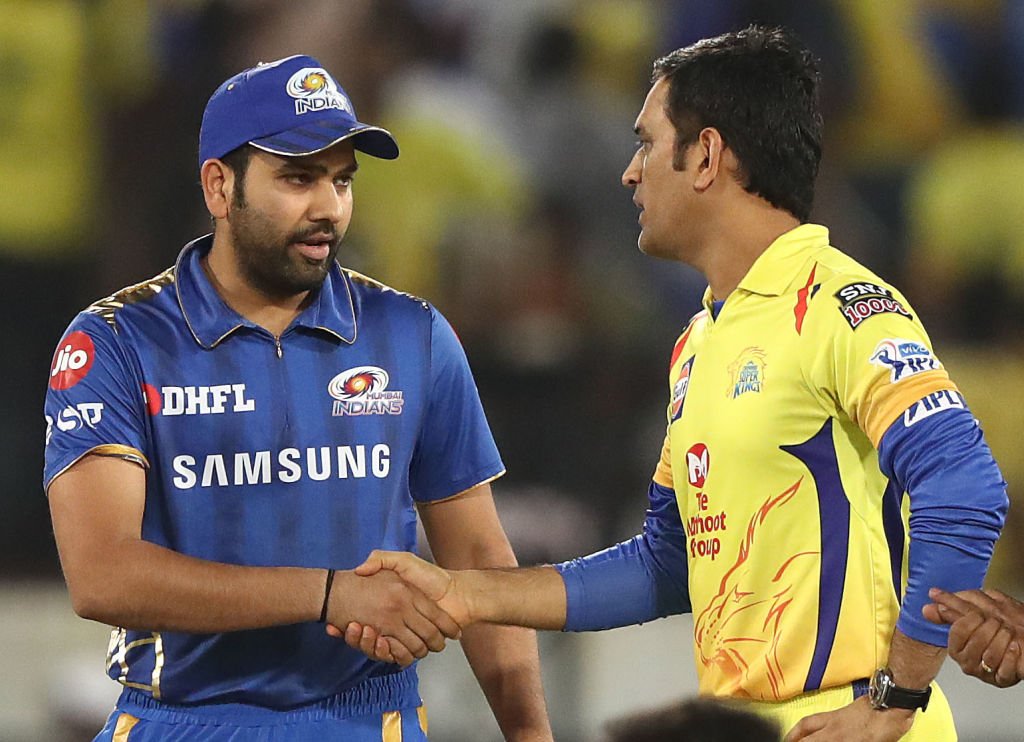
The Indian Premier League (IPL) is renowned not only for its thrilling cricket but also for its financial dynamics, where player salaries often draw significant attention. As teams finalize their rosters for IPL 2025, the retention strategy has seen notable players taking substantial pay cuts. This move is largely aimed at helping franchises maintain a competitive edge while managing their financial limits.
One of the most significant pay cuts announced during the retention phase comes from Shubman Gill, the captain of the Gujarat Titans. Reports indicate that Gill has agreed to a reduction in his salary to ensure that the franchise can retain core players, maintaining a competitive team for the upcoming season. This decision reflects his commitment to the team and its success, especially after leading the Titans in their previous campaigns.
Additionally, the Lucknow Super Giants (LSG) face tough decisions regarding key players like KL Rahul. Although he has not officially taken a pay cut, the uncertainty surrounding his retention has led to speculation about potential salary reductions to stay with the franchise. Rahul’s performance has been a mixed bag, leading to discussions about his value and future within the team.
The Chennai Super Kings (CSK) also play a crucial role in this retention strategy. They are reportedly interested in acquiring high-profile players like Rishabh Pant and KL Rahul during the upcoming auction, indicating that these players may be released and could potentially face pay cuts if they are retained by new franchises. The trend of taking pay cuts is not just a personal sacrifice but a strategic move to ensure that teams can build robust lineups capable of competing at the highest levels.
Shubman Gill’s decision to take a pay cut is particularly noteworthy given the broader context of player salaries in the IPL. The league has seen astronomical contracts, with some players earning upwards of ₹20 crores per season. By taking a pay cut, Gill sets a precedent that may encourage other players to follow suit, fostering a team-oriented mentality over individual financial gain. This approach aligns with the league’s increasing focus on team dynamics and player chemistry, which are often critical in a tournament format.
Another player to watch in this scenario is Ravindra Jadeja. While CSK has retained him, discussions about his future have hinted at potential salary negotiations, especially given his mixed performances in recent seasons. Like Gill, Jadeja’s case demonstrates how star players may need to reassess their financial expectations in favor of team stability.
The concept of match fees being introduced for IPL 2025 adds another layer to this financial landscape. Each player will now receive additional compensation of ₹7.5 lakhs per match, which could influence player negotiations and retention decisions in the future. This shift aims to create a more balanced remuneration system that rewards performance on the field.
The IPL’s retention strategy reflects a larger trend within professional sports, where players are increasingly weighing the importance of team success against individual earnings. As teams finalize their rosters, the balance between personal financial gain and team cohesion will be a defining factor in shaping the future of the league. With the auction looming, players who are willing to adjust their financial demands may find themselves in more competitive and cohesive environments.
In conclusion, the IPL 2025 retention process showcases the evolving nature of player contracts and team strategies. Shubman Gill’s decision to take a pay cut to retain key players at Gujarat Titans exemplifies a growing trend among IPL players to prioritize team success over individual contracts. As teams like LSG and CSK navigate their retention lists, the willingness to make sacrifices could shape the competitive landscape of the upcoming season, promising exciting cricket ahead for fans.
The impact of these pay cuts extends beyond individual players and has the potential to reshape the entire league’s competitive structure. As franchises focus on retaining a strong core group while balancing their budgets, the emphasis on teamwork and collaboration is likely to grow. This could lead to more unified team strategies, where players buy into a collective goal rather than focusing solely on personal achievements. Furthermore, with increasing salaries and the introduction of match fees, teams that prioritize financial discipline while fostering a strong team culture may have a significant advantage in the upcoming seasons. As the IPL evolves, these dynamics will not only affect the players involved but also engage fans, who appreciate the stories of sacrifice and teamwork that emerge from the league’s competitive landscape.
This evolving narrative in the IPL underlines the importance of balancing individual aspirations with team objectives, showcasing how the sport is adapting to a changing economic climate while still delivering the thrilling cricket that fans love. As we approach IPL 2025, the actions of these players taking pay cuts could set the tone for future negotiations and strategies across the league.
As the season progresses, it will be fascinating to observe how these financial strategies play out and whether other players will also choose the path of sacrifice for the greater good of their teams. The balance of individual aspirations and collective goals continues to define the IPL, making each season an intriguing spectacle for cricket enthusiasts worldwide.

